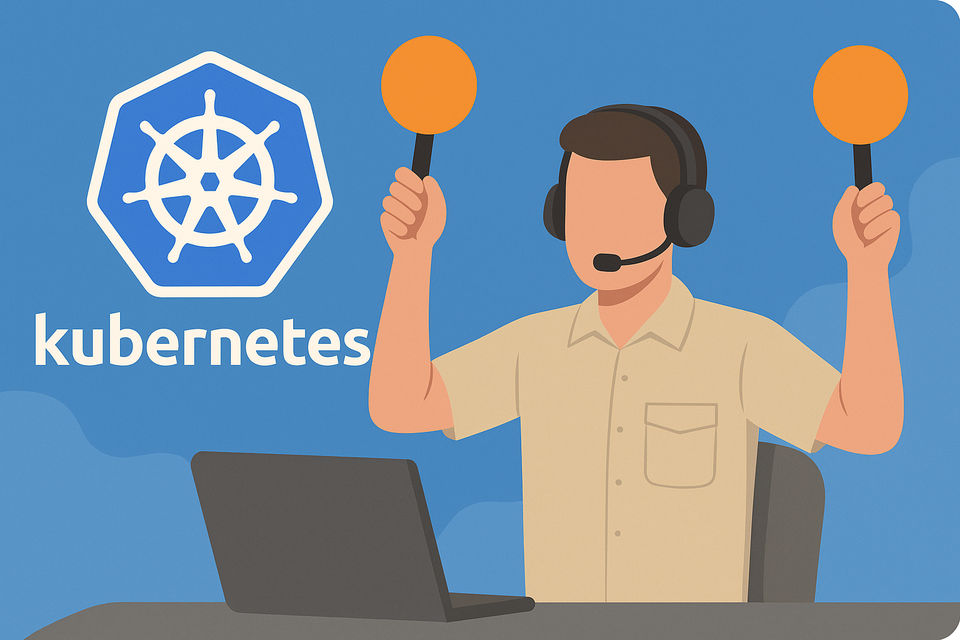Observability in the Age of AI: From Reactive Monitoring to Intelligent Insight

Observability used to be just about dashboards, logs, and alerts. You’d set thresholds, wait for something to break, and then scramble to figure out what went wrong. It was a bit like trying to fix a car by listening to the engine and hoping you guessed right. But in 2025, that approach feels as outdated as dial-up internet.
Today, observability is undergoing a seismic shift—driven by AI, fueled by complexity, and demanded by systems that no longer wait for humans to catch up. This isn’t just about the evolution of tools. It’s about a fundamental change in mindset, how we understand, manage, and trust the systems we build.
The Old Ways: Reactive, Manual, and Overwhelmed
Let’s be honest: traditional observability was never designed for the world we live in now. Back when monoliths ruled and deployments happened quarterly, it made sense to rely on logs, metrics, and traces. You’d collect data, set alerts, and hope your SREs could piece together the puzzle when things went sideways.
But modern systems are a different beast. They’re distributed, stateless, ephemeral, and increasingly autonomous. Micro-services pod up and down like mayflies. Data pipelines stretch across continents. And AI models make decisions faster than any human can comprehend.
In this world, traditional observability struggles to keep up. It’s left behind as a consequence.
Enter AI: Observability with Smarts
AI isn’t just another tool in the observability toolbox. It’s the toolbox itself, reimagining how we collect, analyze, and act on data.
1. Automated Anomaly Detection
Gone are the days of static thresholds. AI-powered systems learn what “normal” looks like and flag deviations in real-time. This isn’t just about catching spikes in CPU usage. It’s about understanding context, digging deeper. Like recognizing that a surge in traffic is expected during a product launch, but unusual during off-peak hours.
As New Relic notes, AI can detect subtle changes in user behavior or system performance that traditional tools might miss, enabling faster response times and minimizing downtime.
2. Predictive Analytics
AI doesn’t just tell you what’s happening now, it forecasts what might happen next. By analyzing historical data and identifying patterns, AI can predict potential system failures or performance bottlenecks before they occur. This proactive approach allows teams to address issues before they impact users.
AI can forecast when an ML model will need retraining based on changes in data patterns or predict network congestion during peak usage times. (New Relic)
3. Intelligent Root Cause Analysis
Something I am particularly interested in, when things do go wrong, AI accelerates the troubleshooting process. Instead of sifting through logs and metrics manually, AI correlates data from multiple sources to pinpoint the root cause. This reduces the mean time to resolution (MTTR) and frees up engineers to focus on higher-value tasks.
As highlighted by Middleware, AI-based insights can analyze vast amounts of data to identify potential issues before they occur, helping IT teams proactively address them and reduce the time required to resolve them.
Observability for AI: Watching the Watchers
As AI becomes integral to our systems, we face a new challenge, observing the AI itself. This isn’t just about monitoring infrastructure, it’s about understanding how AI models make decisions and ensuring they behave as expected.
1. Model Drift and Data Quality
AI models are only as good as the data they’re trained on. Garbage in garbage out, right?
Over time, changes in data can lead to model drift, where the model’s performance degrades. Observability tools now need to monitor not just system metrics but also data quality and model accuracy.
New Relic emphasizes the importance of monitoring metrics like inference latency, model accuracy, and resource utilization during inference to ensure AI systems remain reliable and performant.
2. Explainability and Trust
AI’s “black box” nature poses challenges for observability. Understanding why a model made a particular decision is crucial for building trust and ensuring compliance. Observability tools must incorporate explainability features to provide insights into model behavior.
IBM’s Drew Flowers states that while observability can detect if an AI response contains personally identifiable information (PII), it can’t stop it from happening, highlighting the need for better explainability in AI systems.
My Final Thoughts
Observability is no longer just about keeping systems running, it’s about understanding complex, dynamic environments and ensuring they behave as intended. AI is both a catalyst and a challenge in this transformation.
As we embrace AI-driven observability, we must also consider the ethical implications and strive for transparency and trust. The future of observability lies in intelligent, unified platforms that not only monitor systems but also provide actionable insights, enabling organizations to be proactive, resilient, and responsible.
Suggested Hashtags
#AIObservability
#AIOps
#MachineLearning
#DevOps
#DataQuality
#ModelDrift
#ExplainableAI
#UnifiedObservability
#EthicalAI
#ObservabilityTools
Member discussion